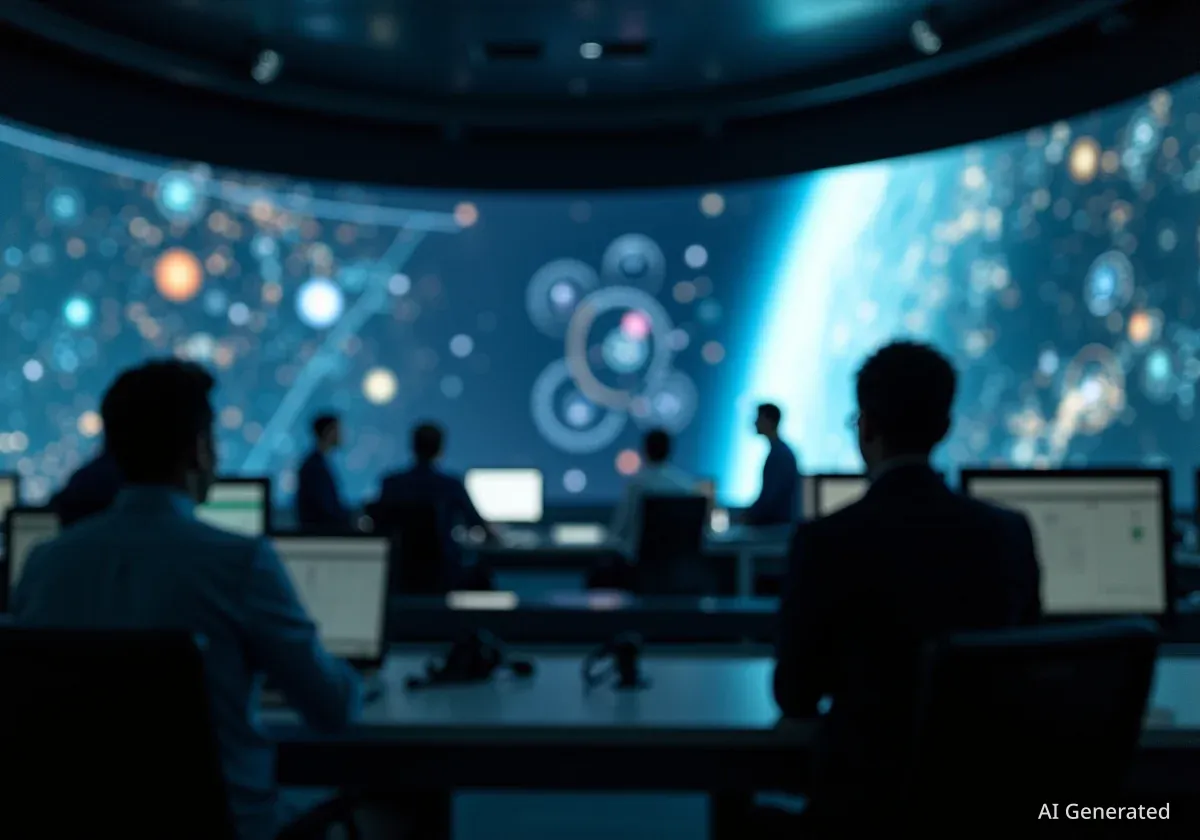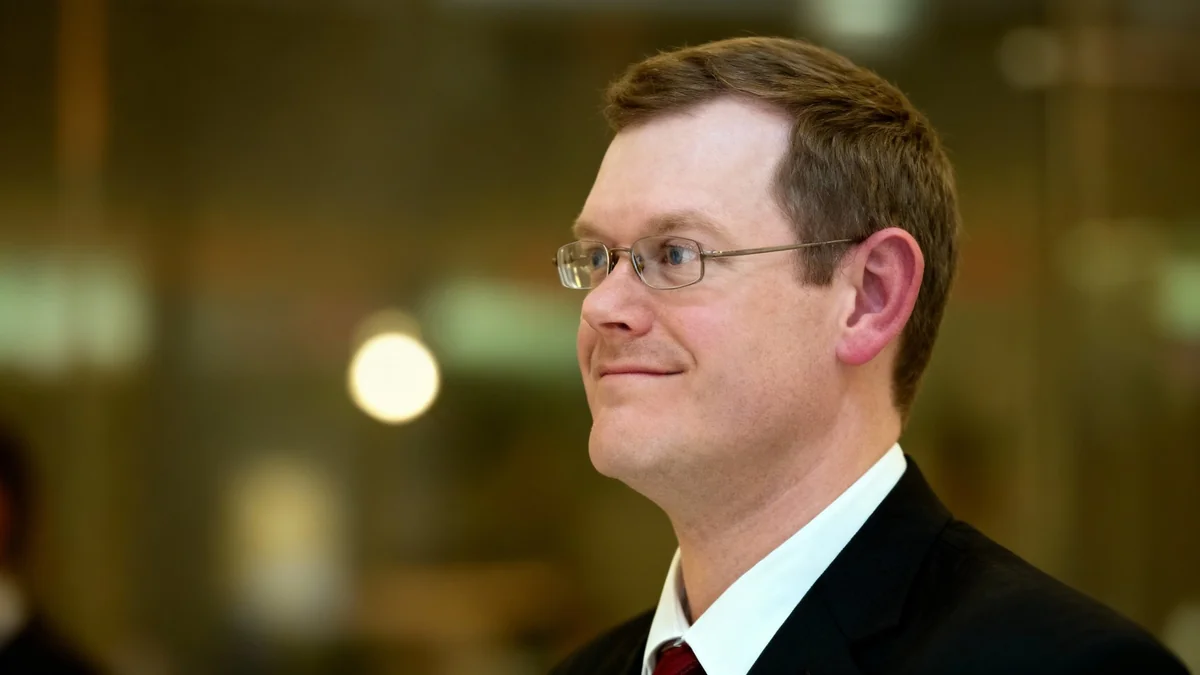The European Space Agency (ESA) is strengthening its international ties by signing a significant cooperation agreement with South Korea's space agency and advancing a joint asteroid mission with Japan. These developments, announced at the 76th International Astronautical Congress in Sydney, signal a strategic effort by Europe to diversify its partnerships in space exploration and science.
The new memorandum of understanding with the Korea AeroSpace Administration (KASA) will facilitate shared ground station support and future collaboration on major space initiatives, including lunar exploration. Simultaneously, ESA is moving forward with its Ramses mission, which will launch alongside a Japanese spacecraft to study the asteroid Apophis.
Key Takeaways
- ESA and South Korea's KASA signed a memorandum of understanding for enhanced space cooperation.
- The agreement includes sharing ground station networks, which will support South Korea's lunar program.
- ESA's Ramses mission will launch with Japan's Destiny+ spacecraft on an H3 rocket to study the asteroid Apophis.
- These partnerships are part of ESA's broader strategy to diversify its international collaborations beyond traditional partners.
ESA and South Korea Forge New Space Partnership
The European Space Agency and the Korea AeroSpace Administration formalized their growing relationship by signing a memorandum of understanding (MoU) on October 1. The agreement was finalized during the International Astronautical Congress (IAC) in Sydney, marking a new chapter of collaboration between the two agencies.
The MoU establishes a framework for mutual support, allowing the agencies to use each other's ground stations for essential telemetry, tracking, and command functions for their respective spacecraft. This technical cooperation is expected to improve the operational efficiency and resilience of both European and South Korean space missions.
Expanding Areas of Collaboration
Beyond ground support, the agreement outlines several areas for future joint projects. These include space science, robotic and human exploration, the development of in-space infrastructure, and monitoring space weather. This broad scope indicates a long-term commitment to shared goals in space.
ESA Director General Josef Aschbacher commented on the significance of the partnership in a statement.
"This is an important moment for Europe and Korea, opening up great opportunities for our space interests, and strengthening existing systems through cooperation. In ESA, we are excited to learn from our colleagues in KASA, and to share our experience to reach complementary goals."
Youngbin Yoon, the administrator of KASA, echoed this sentiment, highlighting the alignment with his agency's objectives. "KASA's objectives include enhancing global space cooperation," Yoon stated. "Today, we have taken an important step, and we look forward to our shared journey in cooperation in space activities for peaceful purposes."
Supporting South Korea's Lunar Ambitions
A key benefit of the new agreement for South Korea is access to ESA's extensive Estrack global ground station network. This support could be crucial for the country's ambitious lunar exploration program. ESA has previously provided similar ground station support for other international missions, including China's Chang'e lunar program.
South Korea has already achieved success in lunar exploration with its Danuri spacecraft, which is currently in orbit around the Moon and capturing high-resolution images. The nation is now focused on its next major objective: landing a robotic spacecraft on the lunar surface using a domestically developed rocket.
South Korea's Long-Term Vision
In August, KASA unveiled a long-term exploration roadmap with the ultimate goal of establishing a sustainable moon base by 2045. To prepare for this, the agency has begun converting an abandoned mine into a specialized test facility for lunar exploration technologies and operations.
The collaboration with ESA provides South Korea with access to decades of European experience in deep-space communication and mission operations, which will be invaluable as it develops more complex missions to the Moon and beyond.
Joint Asteroid Mission with Japan Moves Forward
A day before the agreement with South Korea, ESA leadership highlighted another key Asian partnership. On September 29, Josef Aschbacher and Hiroshi Yamakawa, the head of the Japan Aerospace Exploration Agency (JAXA), celebrated their ongoing cooperation, particularly on an upcoming mission to the asteroid Apophis.
ESA's Ramses spacecraft is set to launch alongside JAXA's Destiny+ mission on a Japanese H3 rocket. This rideshare arrangement will send both spacecraft toward Apophis, an asteroid that will make a historically close approach to Earth in 2029.
A Serendipitous Rideshare Opportunity
The main scientific target for the Destiny+ mission is 3200 Phaethon, the asteroid responsible for the Geminid meteor shower. However, adjustments to the mission's launch schedule created a unique opportunity for Destiny+ to first fly by Apophis. This opened the door for ESA's smaller Ramses spacecraft to join the launch.
"Ramses is not only a scientifically exciting mission and a symbol of two partnerships between Japan and ESA, but it also is a good example of quick project development and implementation," Aschbacher remarked at the IAC.
While the Ramses mission is advancing in its development phase, it still requires a final funding approval from ESA's member states at a ministerial meeting scheduled for November. The joint effort showcases a flexible and opportunistic approach to mission planning between the two agencies.
A Strategy of Diversified Global Cooperation
These agreements with Japan and South Korea are part of a larger strategic shift for ESA. The agency has been actively seeking to broaden and deepen its global partnerships, a move influenced by recent uncertainties surrounding the NASA budget and the future of some long-standing cooperative programs.
By building stronger ties with established and emerging space powers in Asia, ESA aims to create a more resilient and diverse network of collaborators for future missions. This strategy helps mitigate risks associated with relying on a single partner and opens up new avenues for scientific and technological innovation.
Engagement with India
In addition to its work with Japan and South Korea, ESA also held discussions with the Indian Space Research Organisation (ISRO) during the IAC in Sydney. The talks focused on deepening collaboration in three primary areas: exploration, Earth observation, and mission operations, further underscoring Europe's focus on Asia as a region of strategic importance for space activities.
As nations around the world increase their space ambitions, international cooperation is becoming more critical than ever. ESA's recent initiatives demonstrate a proactive approach to building the global partnerships needed to tackle the next generation of challenges in space exploration.





